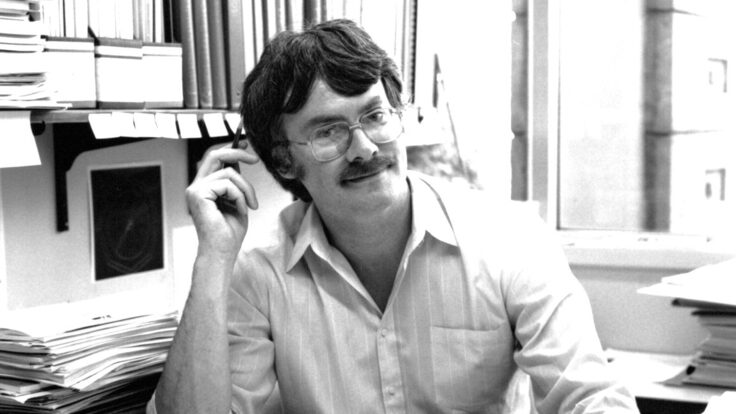
An operator monitors the LHC's performance in the CERN Control Center in March 2010. Image courtesy of CERN.
CERN scientists learned to drive the Large Hadron Collider in 2010. This year, they’re ready to take it to the highway.
Scientists expect to collect about 100 times as much data in 2011 as they did in 2010, said physicist Gustaaf Broijmans of the ATLAS experiment during a webcast for the National Science Foundation. This will give them their first real chance at making new discoveries, he said.
CMS physicist Aaron Dominguez, fellow webcast interviewee, agreed.
“The research program over this past year was essentially to commission the accelerator and the experiments, to make sure that they work and are giving us sensible results,” he said. “We already had some idea in mind of what to expect in terms of the physics being produced.”
On Saturday, Feb. 19, the LHC began circulating particle beams for the first time since the accelerator’s 10-week technical stop. Scientists plan to start colliding protons in the four LHC experiments by mid-March.
Although scientists will not bring the beams to an energy above last year’s record of 3.5 TeV, they plan to increase the number of particles they accelerate, multiplying the number of collisions that take place in the detectors.
Last year, scientists gradually ramped up the number of particles they accelerated over several months while carefully checking the LHC’s procedures and protection systems. They reached a breakthrough in the fall. In October alone, they increased by a factor of 20 the total number of particle collisions the LHC had produced that year.
The machine’s performance so far has looked strikingly similar to its performance just before shutdown. This is quite a feat, considering the sheer complexity of the machine and how long it took scientists to bring it to that point last year, said Mike Lamont, LHC operations group leader.
“The machine looks to have settled down,” Lamont said. “Now we know what we have to do.”
This week, technicians will celebrate another improvement over the last run. Before they could start sending beams through the accelerator, they needed to test the machine’s many magnet circuits. Last year, the tests caused 30-40 magnet quenches, a loss of superconductivity, in the LHC. This year, technicians completed commissioning in about three weeks without quenching a single magnet.
If the LHC continues to run well over the next two years, scientists will be able to test many of their predictions, including the existence of the Higgs boson within its expected mass range. However, they will need to collect a large sample of events to really understand new physics.
“By end of 2012, if the accelerator is performing according to plan, we should have a very good first picture of the standard Higgs boson,” Dominguez said. “But we wouldn’t have a really crisp statistical picture we would need to study its properties.”
At the end of 2012, scientists plan to shut down the accelerator for about a year of upgrades to prepare it to run at full design energy, 7 TeV per beam. That will allow scientists to study further energy ranges and to collect enough information to give physicists a clear view of possible new discoveries.
If this is the year the LHC takes to the particle highway, the next set of runs will be the LHC’s first trip to the Autobahn.






